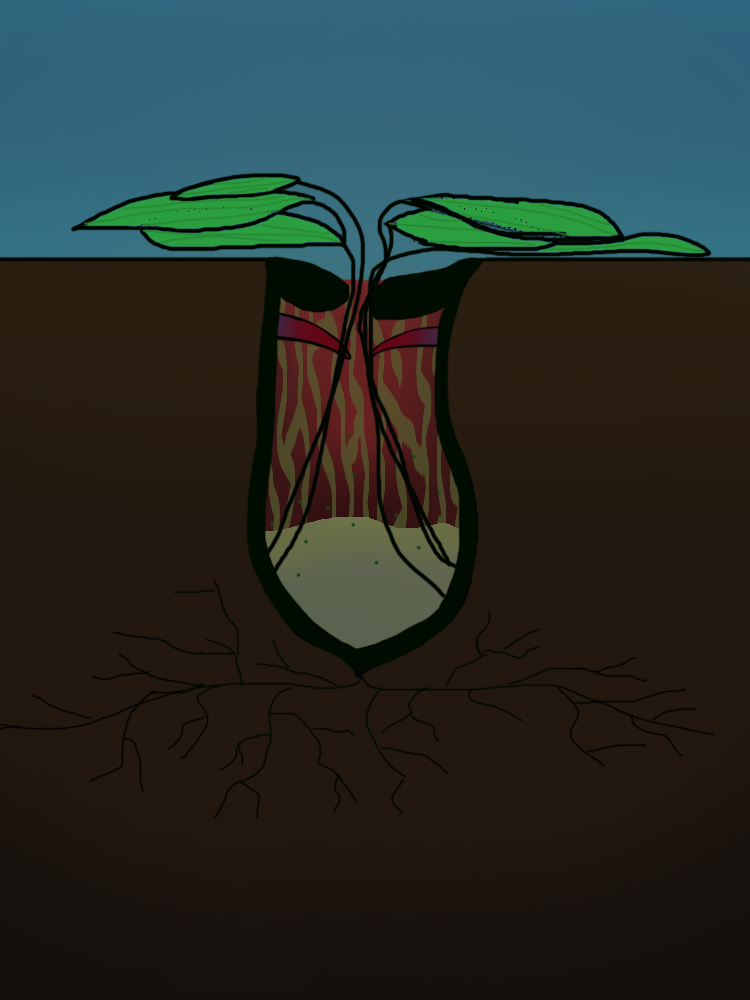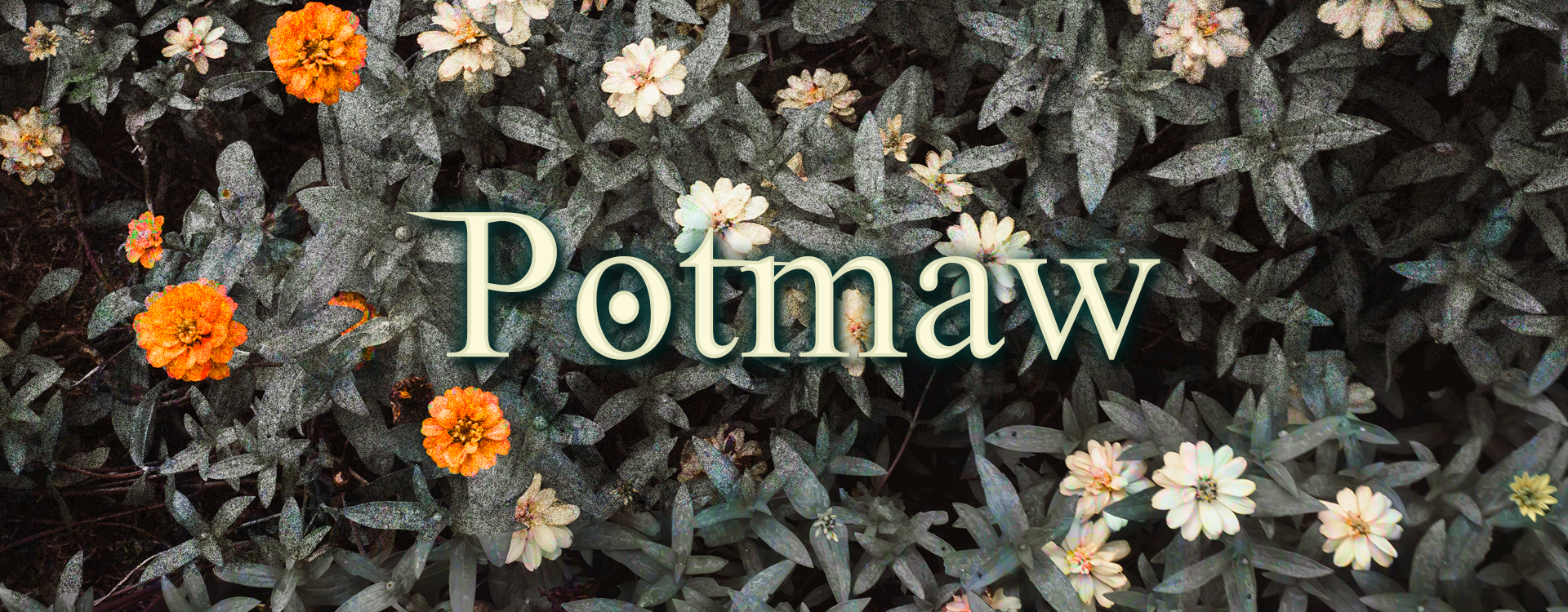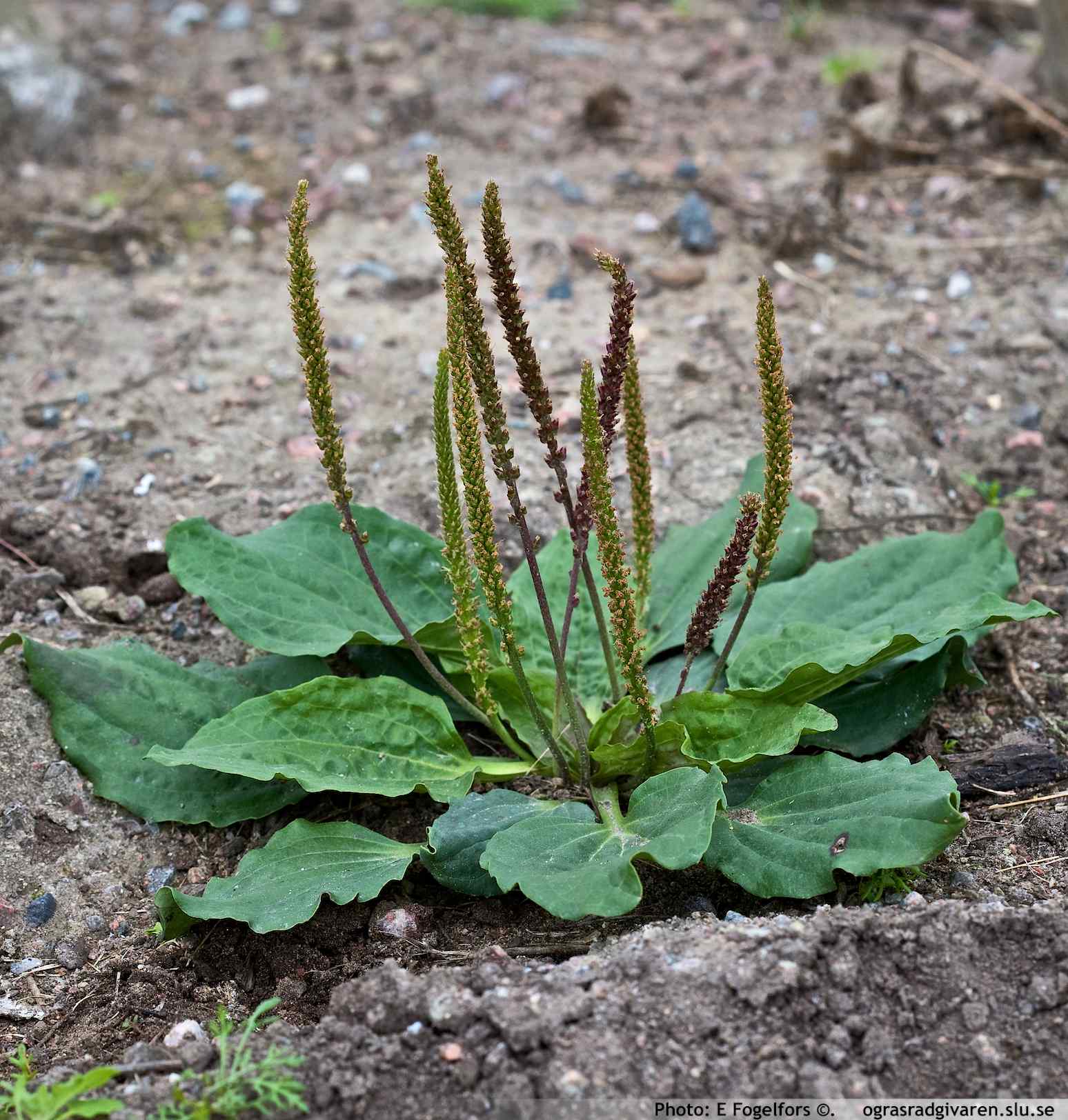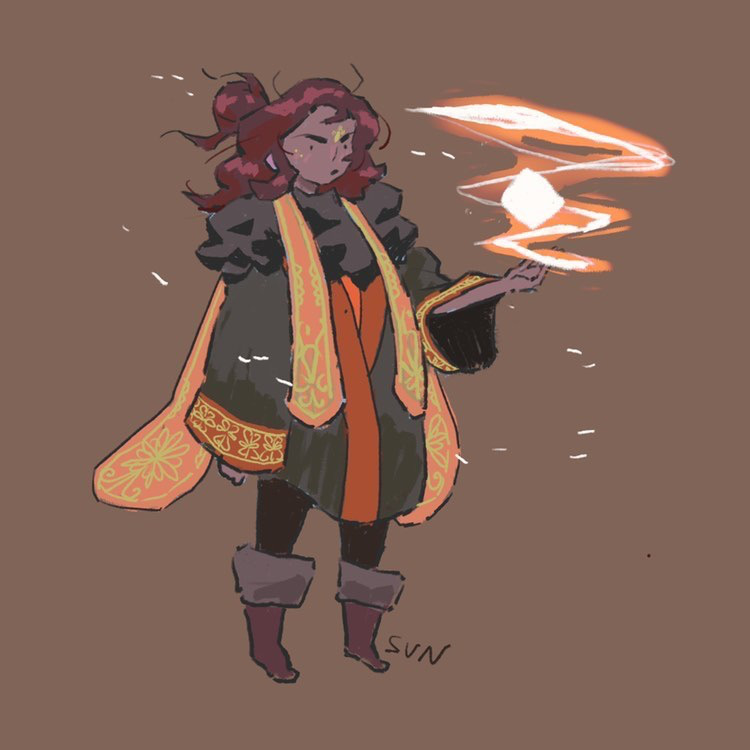Potmaw
If a pitcher plant and a broadleaf plantain had a twisted, jumped-up offspring, this is what you'd get.The Potmaw is named for its hidden trap design that resembles a pot with pointed teeth made of thorns. This plant begins its life undergroud by developing a singular, hollow stem. That stem then breaks the surface and produces wide, pointed leafs around its perimeter. This allows the Potmaw to collect nutrients whilst the stem expands in width from its mid-point forming a subteranian bud-like shape.

The similar apperace of these two plants is what leads to many an unsuspecting fellow or creature to trample on the plant non-the-wiser and fall into its cavernous maw. The key difference in apperance between a Potmaw and a broadleaf plantain, is the lack of flowering stems protruding from the leafs skyward.
Uses
Habitat
Potmaw's can be found throughout most temperate areas. They do however increase in number near Corruption Events as these events can strongly effect nature within the surrounding area. Potmaw's tend to be found in more dark and dank areas around the bases of bushes and trees to help them blend in more subtly. Though, they can grow almost anywhere within a temperate climate, areas with a helathy amount of small fauna is favoured, most notably so, along the edge of farmland and prairies.Width of pit: 30cm,
Length of leaf: 22cm,
Width of leaf: 13cm,
Width of pit: 122cm,
Length of leaf: 92cm,
Width of leaf: 55cm,
Thorns: Deep purple-brown at the base with a deep crimson spike,
Inner wall of pot: Green with deep purple-red veins,
Colour: Pale green-yellow,
Scent: Burnt rotten eggs,
Found a Potmaw out in them woods behind 'r farm yes'erday, smelt like it'd caught some kinda rodent... Poor bastard.











Oooh, a pitfall trap but a plant - love it. I wonder how big they can get? I can just imagine walking through the forest and narrowly avoiding falling into one that has a pit bigger than me. Eek!
Thank you! I'm glad to see your thought-process was similar to mine haha. They start off small but can get pretty big! (not sure how big yet though aha).